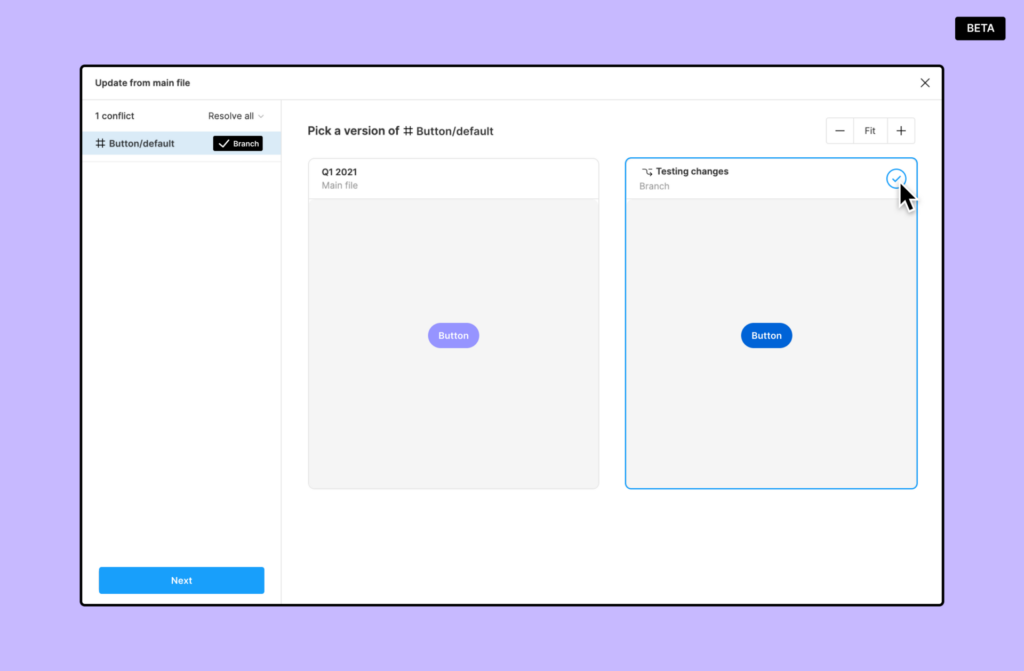Figma Improves Collaboration And Workflows With Branches And Version Control
I recently attended the Config 2021 design conference, and my big takeaway from its opening keynote is the introduction of branches and version control capabilities that will allow design teams to benefit from all the comfort that version control systems such as GitHub, Subversion, CVS, or Bitbucket have been offering to software engineers for decades. With those integrated features, the design workflow and collaboration will become even more efficient.
Maintaining One Single Source Of Truth Is Challenging
Anyone who has worked on a shared document with multiple contributors knows how challenging it can be. Often, we get caught in sending a working file back and forth to each contributor — and before we know it, someone creates a new copy and make edits on that new version … then someone else … to the point that no one knows which file is the right one anymore. Or we try to centralize the work, sharing access to a cloud-based file, asking all contributors to make changes on that one version — but while this strategy works for incremental changes with a small set of contributors, it can get out of control with extended teams and is not optimal for when you need to make changes that are structural.
Design teams face those challenges constantly. Organizing a workflow that allows everyone to contribute while at the same time keeping control over the latest working version — the single point of truth — is a hassle. Every design team will face the recurring question: How do we manage our design files so that we can all participate and know where everything is?
Version Control Systems Ease Collaboration For Design, As Well
Version control systems solve that question for software development teams. They create one single point of truth that is the stable, tested code source. Everyone can create a copy of that source to work on some changes, then send them back to be integrated into the main code source. The system will offer tools to handle any conflict that might arise if someone else also made some changes to the same code. The version control system does the hard work of comparing code versions and ensures each contributor that her work will not be lost, nor will break someone else’s. And that’s no matter how many contributors work on the same code … 2 or 2,000.

Branches Offer Focus In A Controlled Environment For Experimentation
While version control allows users to scale up collaboration, it can be overwhelming to constantly see what others in your team have been doing on some other parts of the project. For example, if you are working on improving the clarity of your app’s navigation bar labels based on recent user testing feedback, you don’t need to know what changes are being made to the search engine of the app; you need to be able to focus on your part of the work without paying attention to all other incoming changes that do not affect you. This is what branches enable. They allow contributors to create their own working environment that is both isolated from others and at the same time connected to the single point of truth. Once contributors complete their work, they can send it for review and then merge with the other branches so it becomes available to everyone.
Version Control And Branches Will Unleash Design Collaboration
By adding those capabilities to its product, Figma makes the best of software development practices and tools available to the design work. Design teams, particularly those working on extensive design repositories, will appreciate the peace of mind and efficiency it offers them. In addition, it might also make some development terms and processes more familiar to the design community, which can be a positive driver to bring design and development teams closer together.
In my report “Agile And Design Teams: Better Together,” I highlight the impact that tooling can have on collaboration. Forrester clients can access the full report and get in touch with me through our inquiry system.
